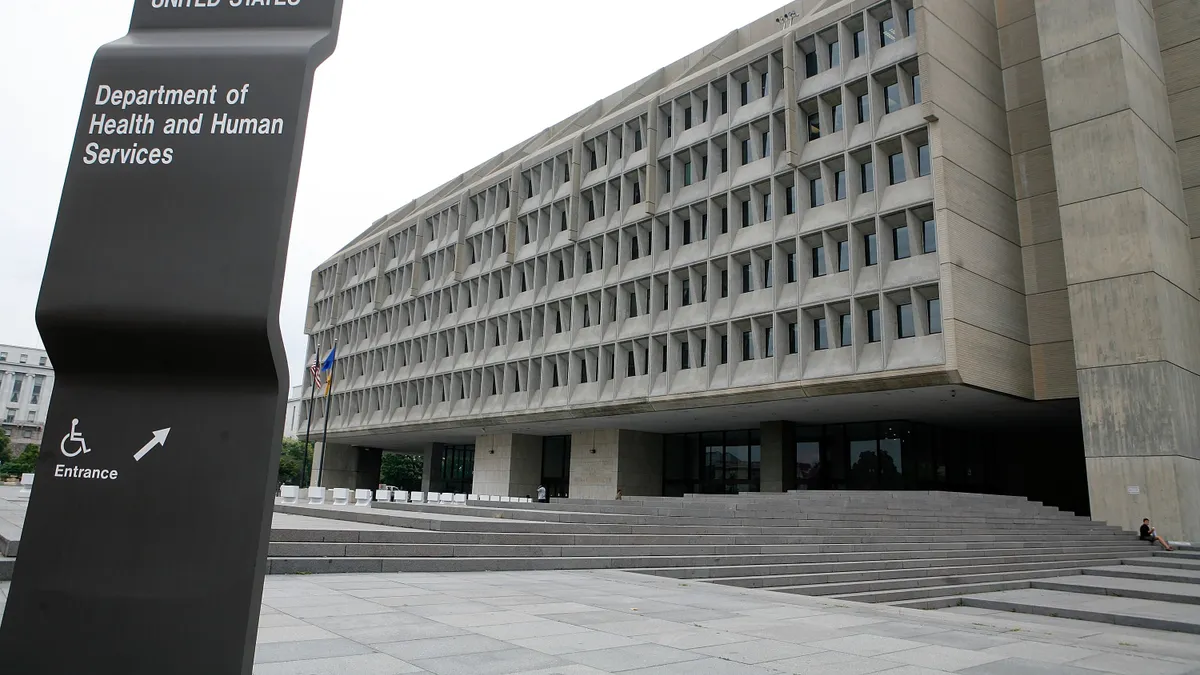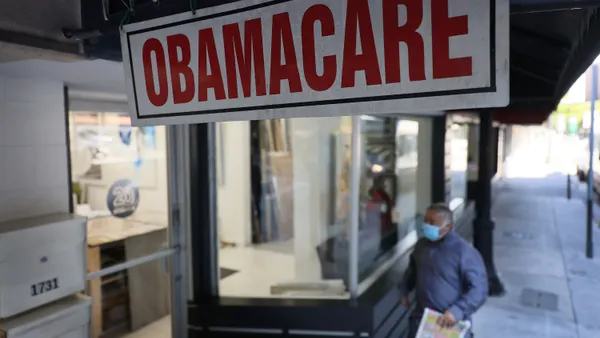Dive Brief:
- The CMS is tweaking a Medicare experiment helping states implement an all-payer model to make cost of care targets more achievable, regulators announced on Tuesday.
- The Achieving Healthcare Efficiency through Accountable Design, or AHEAD, model launched in 2023 to put states on the hook for the health of their population by managing healthcare quality and costs across all payers.
- Now, the CMS is extending model’s run date and putting more of an onus on states to focus on preventive care and promoting competition in their healthcare markets, regulators said.
Dive Insight:
AHEAD, which builds on existing all-payer models in certain states, gives participating states up to $12 million to implement the model. In return, states agree to be accountable for cost growth across all payers, including Medicare, Medicaid and commercial plans, along with primary care investment targets and population health and quality outcomes.
In AHEAD, each state receives a Medicare total cost of care growth target and an all-payer cost growth benchmark to encourage them to align payer efforts to slow cost growth.
The model includes hospital global budgets, in which hospitals receive a fixed payment per year, encouraging them to eliminate unnecessary hospitalizations and work with primary care providers on population health management.
Maryland, Connecticut, Hawaii, Vermont, Rhode Island and specific counties of New York signed onto the model in various cohorts.
Maryland has until the end of the year to implement the model before it kicks in at the start of 2026. Connecticut, Hawaii, Vermont, Rhode Island and New York counties including the Bronx, Kings, Queens, Richmond and Westchester have until the end of 2026 to prepare before their performance year begins in 2027.
AHEAD was originally set to run for nine years for Maryland and eight years for the rest of the states. But now, all cohorts will end at the end of 2035 — one year longer than the AHEAD model was previously scheduled to operate.
The extension should give states more time to manage their costs, regulators said. Other changes zero in on payment reforms, including attributing Medicare beneficiaries not participating in an accountable care organization into provider groups that assume risk for managing members’ care in AHEAD regions. Those “geographic entities” will assume downside risk, sharing in both savings and losses from the model, according to the CMS.
Regulators are also requiring new transparency around investments in primary care and total cost of care targets.
The CMS will begin implementing the changes in January 2026, regulators said.
The CMS’ innovation center trials payment models meant to save federal healthcare programs money while improving quality of care, but it has a shaky track record on both goals. In March, the Trump administration said it had reviewed all of the agency’s tests and elected to cancel four models early and halt two more before they began. And in May, regulators unveiled a new strategy for the innovation center, including promoting preventive care, improving access to data and technology and supporting competition and choice for medical care.














